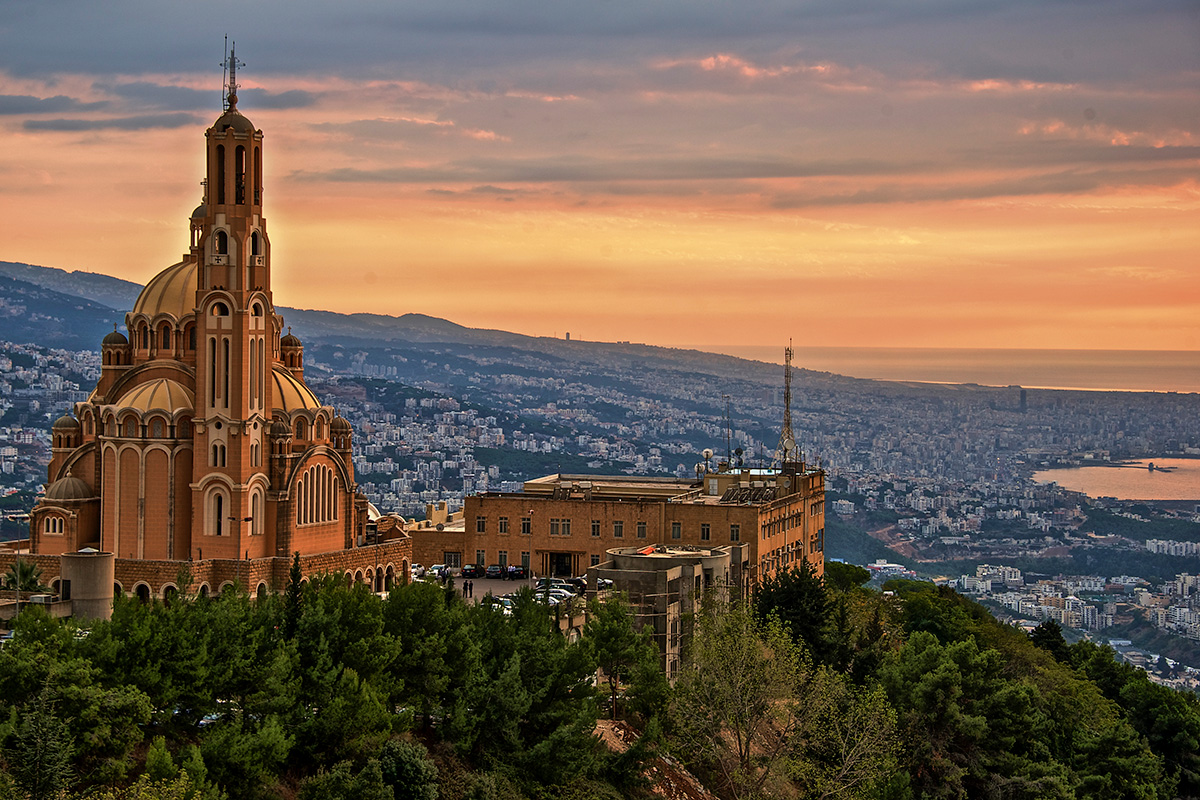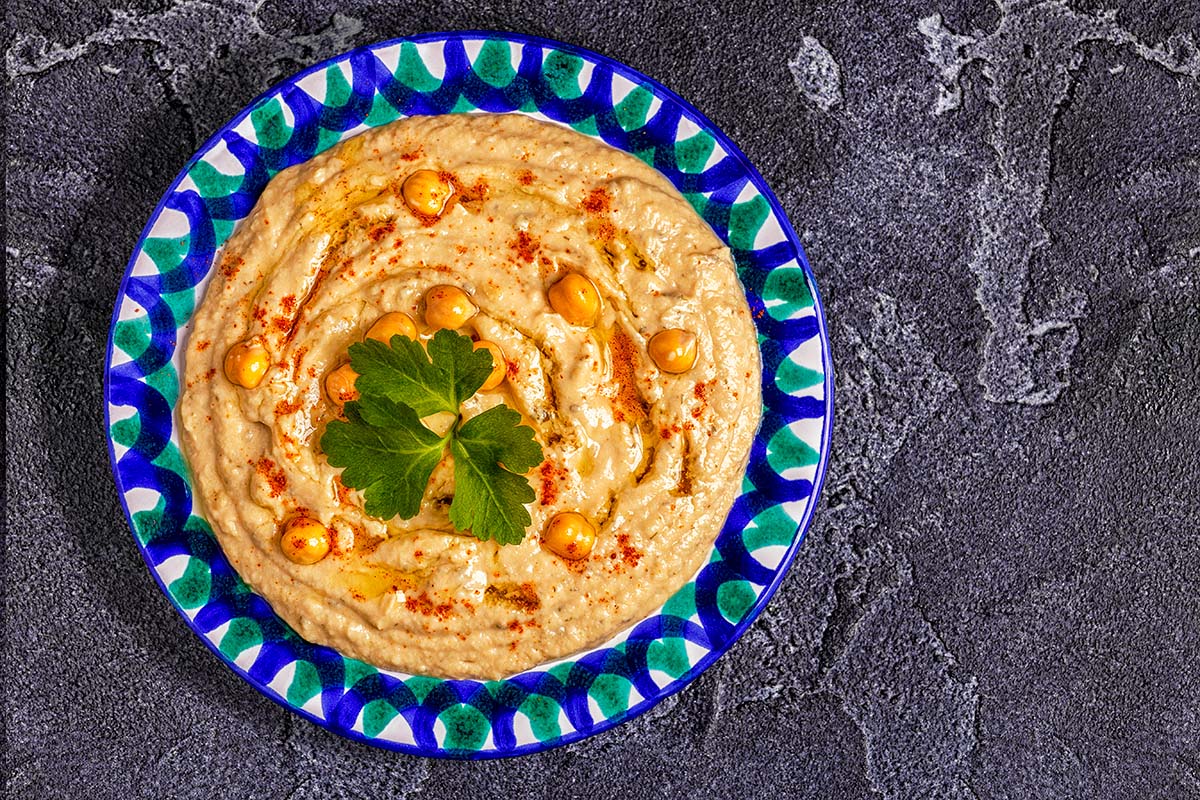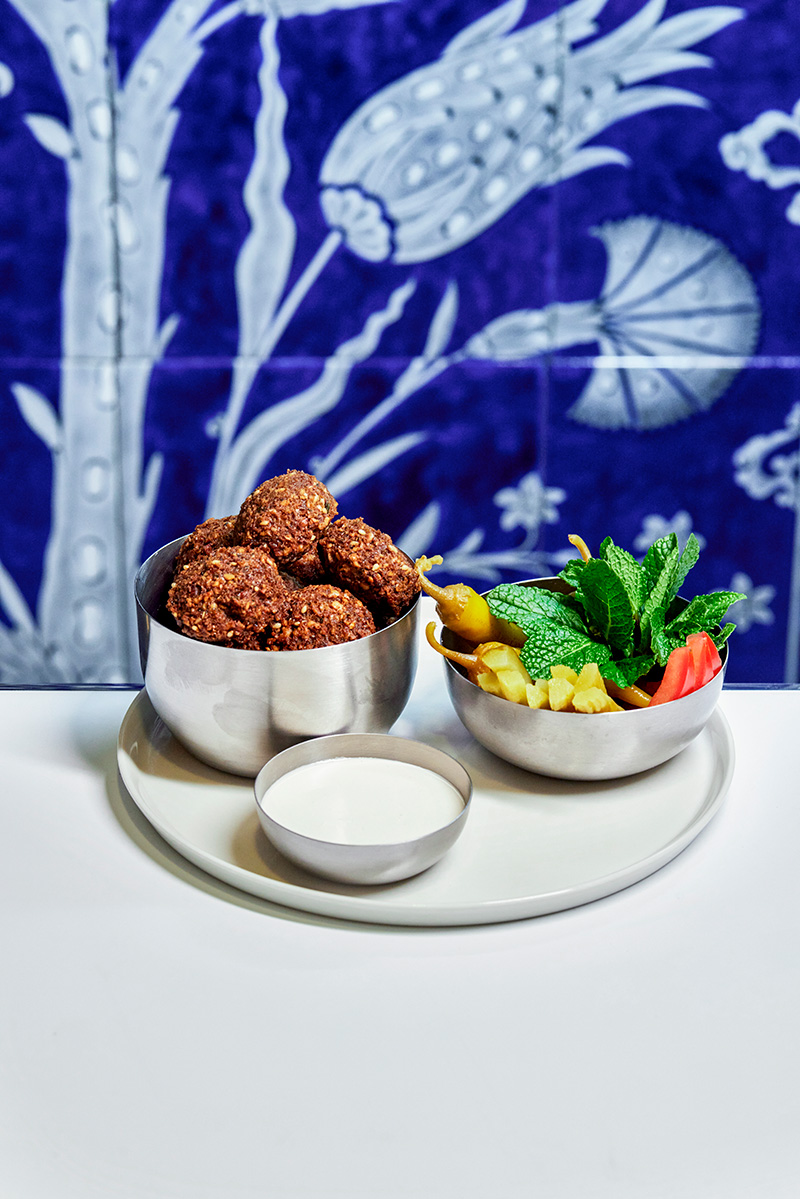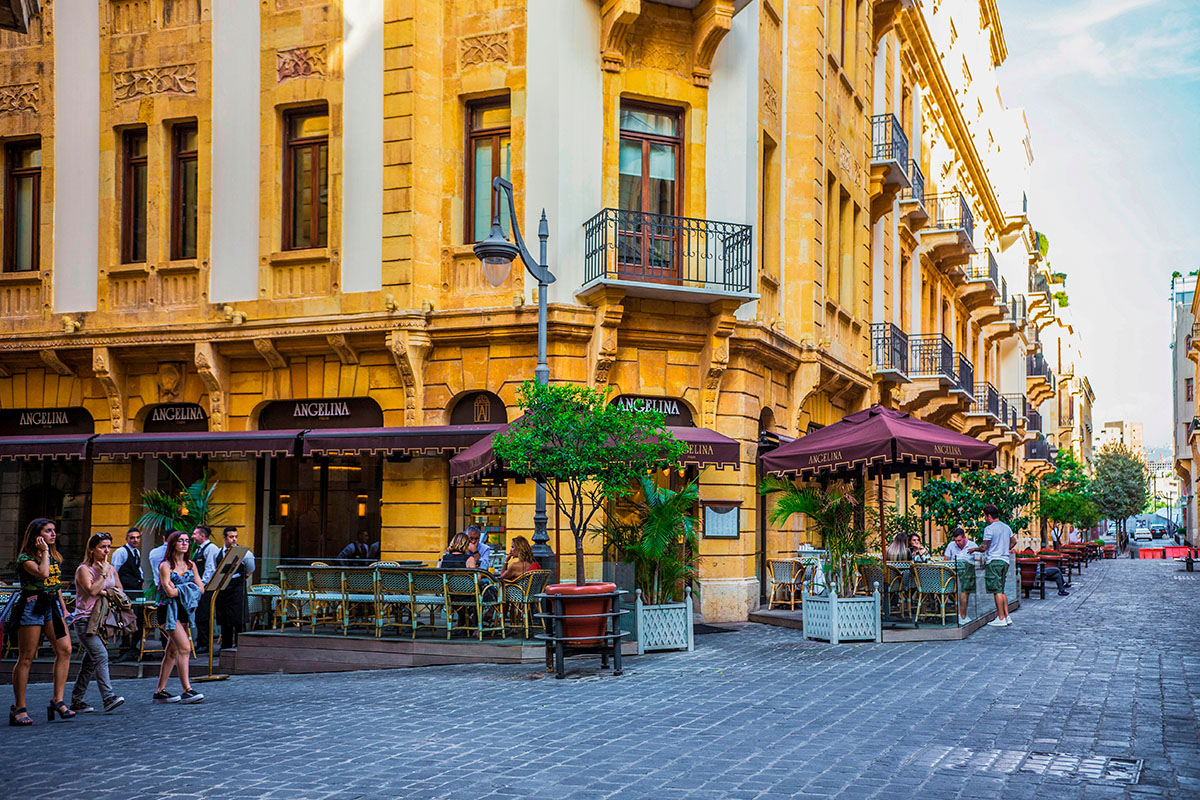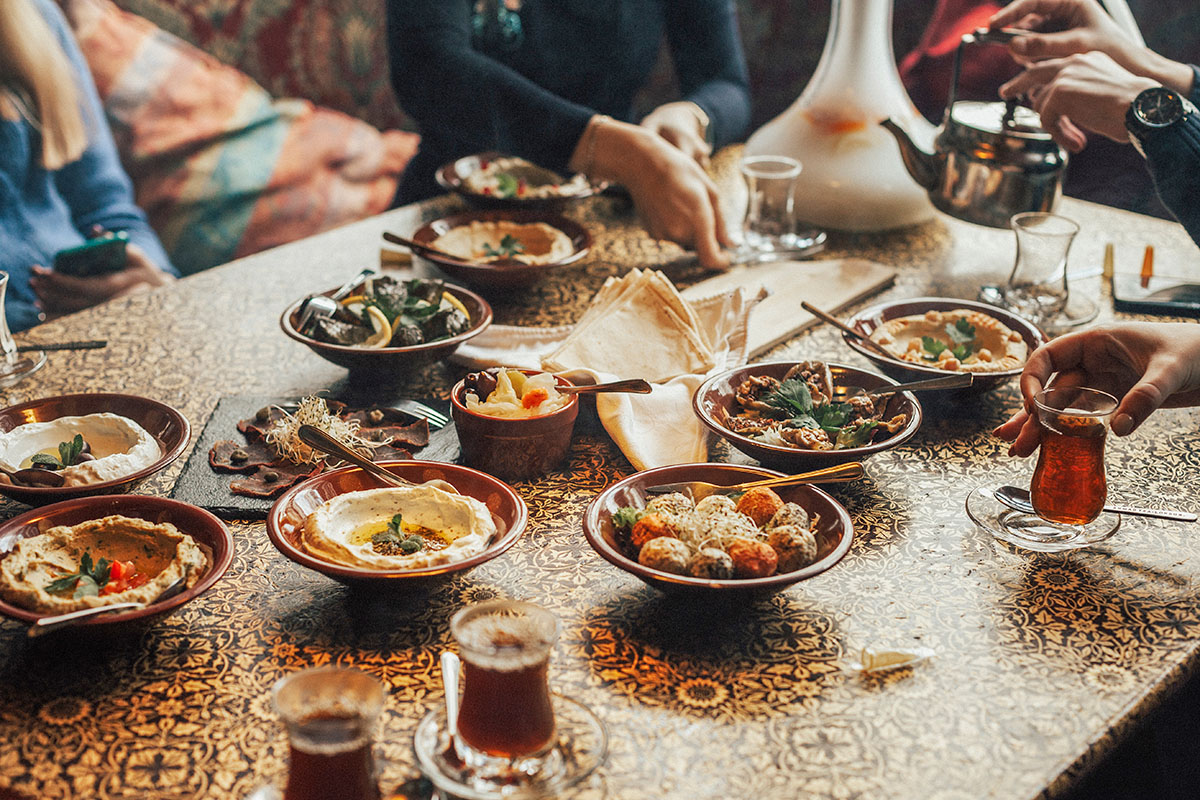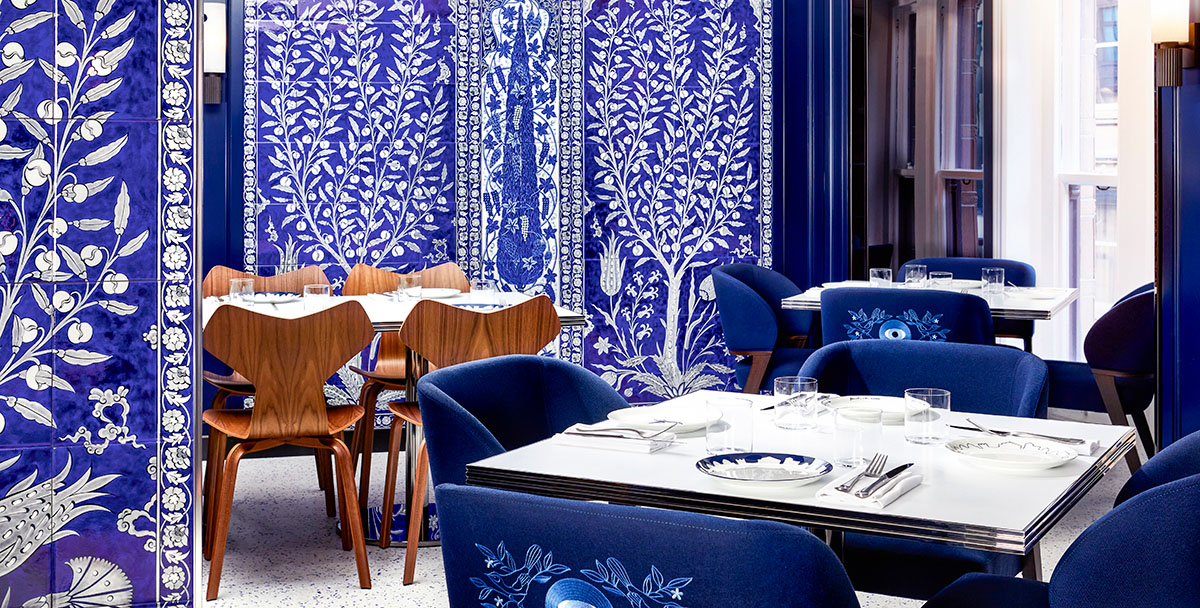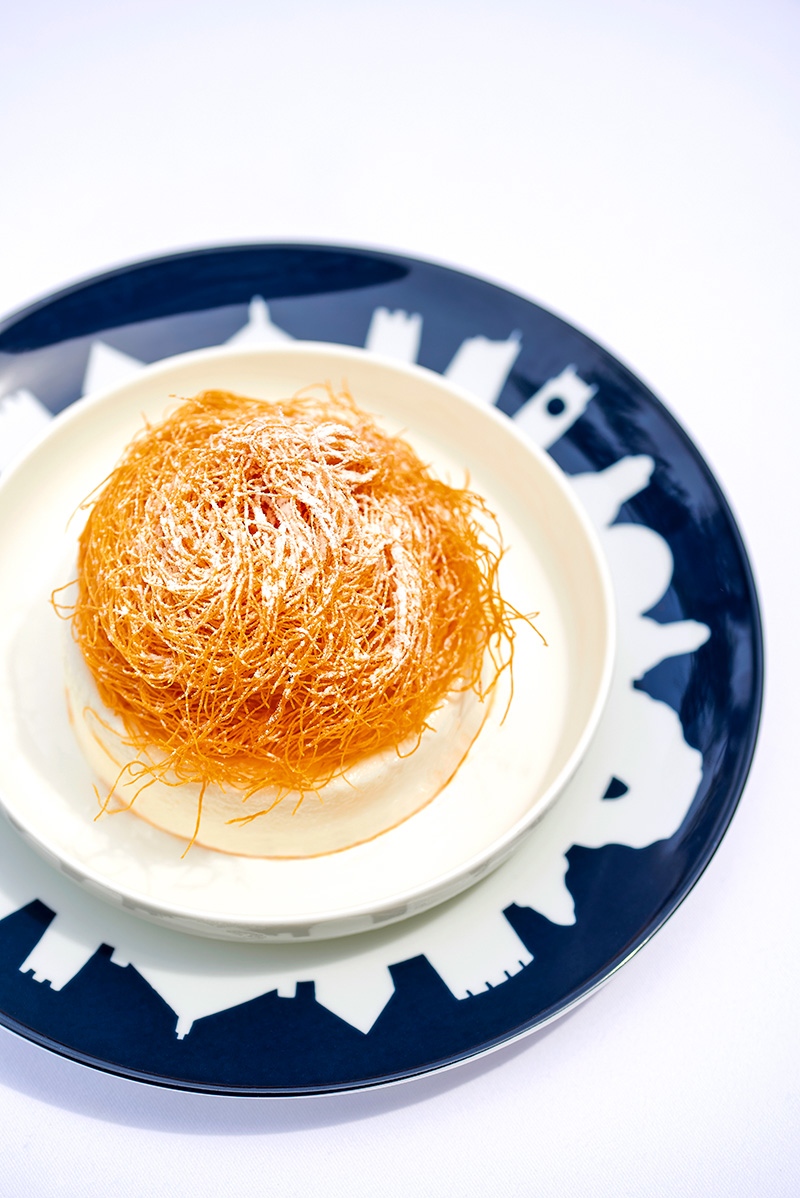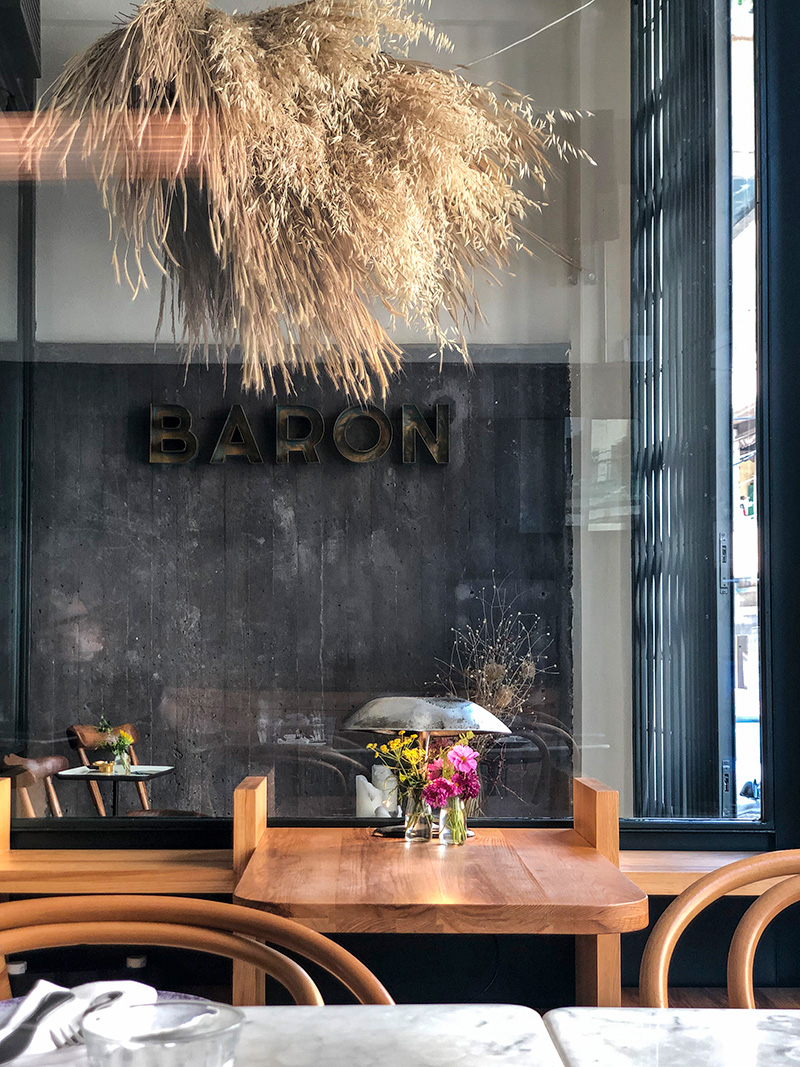
Why Foodies Should Plan a Trip to Lebanon
Lebanon’s cuisine has long been regarded as the most prestigious in the entire Middle East region
May 18, 2023
The culinary stronghold of Lebanon
Basilica of St. Paul in Harissa © Getty Images
Plates laden with bread, kebabs and savory pastry parcels. Countless little dishes filled with dips and sauces, sprinkled with fresh herbs. Bowls overflowing with vibrantly colored salads, citrus fruits and all manner of baked goods. Probably more so than any other cuisine from this part of the world, Lebanese food has played a key role in shaping Western views of Middle Eastern culinary culture. In the Arab world too, Lebanese cuisine is regarded as a benchmark and reference point. And even though the country has been plagued by a severe economic crisis for some time and the picture on the ground is very different from what it used to be, the home of baba ganoush, falafel and hummus is definitely still well worth a visit – perhaps especially so now.
Hummus, the national specialty © Shutterstock
Lebanon’s history has been shaped by foreign powers – the further back you look, the longer the list. Its food has been heavily influenced by the Ottomans, and more recently the French: Lebanon didn’t declare its independence from the French mandate until 1943, in the middle of World War II. A large section of the population remains francophone to this day, and according to surveys every second household understands French.
Mireille Hayek (right) and her daughter Yasmina © Lyle Boenke
Especially when it comes to winegrowing, that has had significant consequences. Of all the Eastern Mediterranean wine-producing regions, Lebanon is held in the highest regard – particularly for its elegant reds, which have frequently been hailed as sensational. The country is also considered relatively liberal in its approach to alcohol, which is again explained by its history: The Christian minority in the majority-Muslim nation has always enjoyed special protection.
Prime example of oriental food © Lyle Boenke Photography
Of all the countries in the Arab world, there’s no question that Lebanon has the strongest focus on vegetables. Lebanese cuisine has a huge variety of vegetarian dishes and a strong emphasis on seasonal ingredients. Pulses like lentils and chickpeas play an important role all year round; freshly made chickpea hummus, which virtually every household has its own recipe for, is delectable. Eggplant is another important ingredient, for instance grilled over charcoal and mixed with olive oil, garlic and lemon juice to make baba ganoush. Another eggplant-based dish that’s less well known abroad is mutabbal, which is prepared similarly to baba ganoush but with the addition of tahini (sesame paste) and a dash of pomegranate molasses for extra pizzazz.
Beirut is rightly nicknamed the "Paris of the Middle East" © Shutterstock
Here too, the boundaries are fluid: Mutabbal is also popular in Syria and the Palestinian territories, and ful, a kind of dip made of cooked fava beans, is highly prized in Egypt too. But there’s one traditional signature dish from Lebanon that’s known all over the world: tabbouleh, a bulgur, tomato and mint salad made with lots of chopped parsley.
Levantine delicacies © Adobe Stock
Stuffed grape leaves are another specialty, although they’re not always vegetarian because they’re sometimes stuffed with ground meat and cooked in lamb broth. In Lebanon, lamb generally accounts for a high proportion of the meat eaten, probably due to Ottoman influences. Slow-cooked shoulder of lamb is one delicious example and involves rubbing the meat with a mix of spices and seasonings that’s common throughout this part of the world: cinnamon, a little nutmeg, garlic, lemon zest, cumin and a little ginger, plus a sprinkling of finely chopped cilantro before serving.
The "Em Sherif at Harrods" in London has been in existence since 2021 © unidentified
As for street food, shawarma – thin slices of meat shaved off a vertical spit – is ubiquitous. Another Lebanese specialty that’s popular in other parts of the Levant but which few have heard of outside the region is kibbeh – a delicious mix of bulgur and ground meat, flavored with pine nuts and spices and deep-fried. There are quite a few variations on the same basic dish, and visitors get to know a new version depending on the region they happen to be in – off-the-shelf food is a rare exception here.
Contemporary fare is available at "Em Sherif" © provided
Beirut as a benchmark
Any extended tour of the rich world of Lebanese cuisine should start off in Beirut: Besides having the highest concentration of restaurants, the capital is also a hotspot for fantastic fish and excellent seafood. From there it’s about a 90-minute drive to the Bekaa Valley near the Syrian border, which is home to several of the country’s best wineries. The profound economic and financial crisis that is gripping Lebanon is also confronting the country’s gastronomic sector with sometimes existential challenges. Restaurants that have been able to hold their own, like Liza or the French-influenced Burgundy, still convey an impression of the culinary sophistication that has long made the country with the cedar on its national flag one of the most desirable gourmet destinations in the Middle East.
Restaurant "BARON" © ANNOINYMS
Text: Philipp Elsbrock

